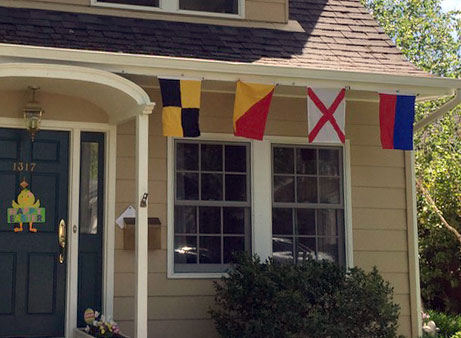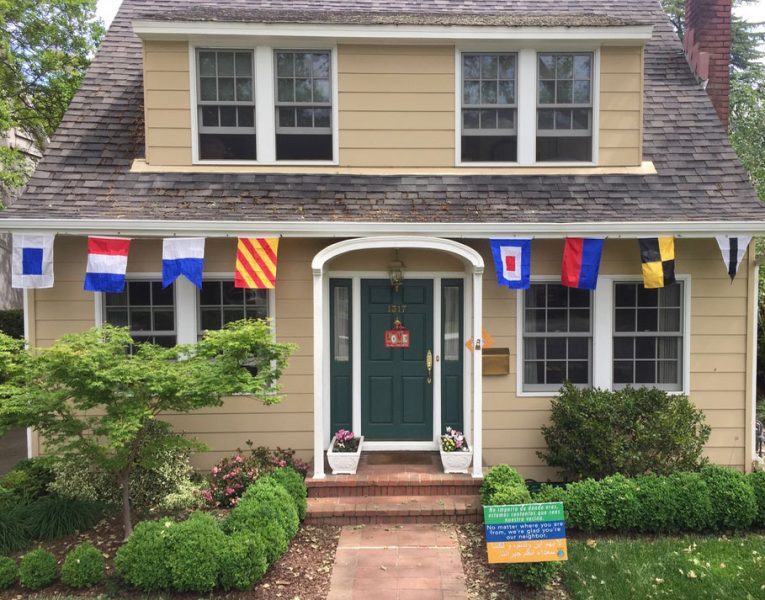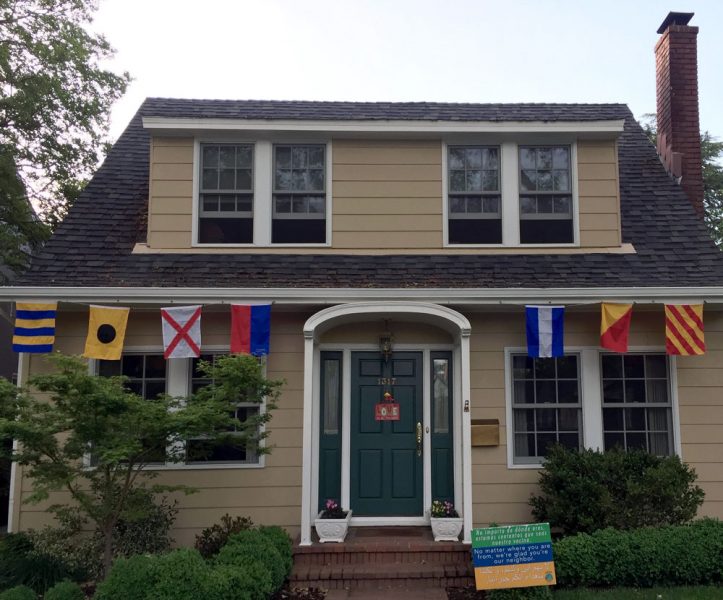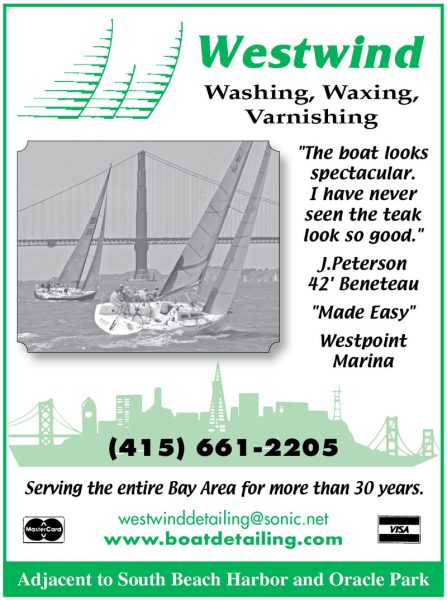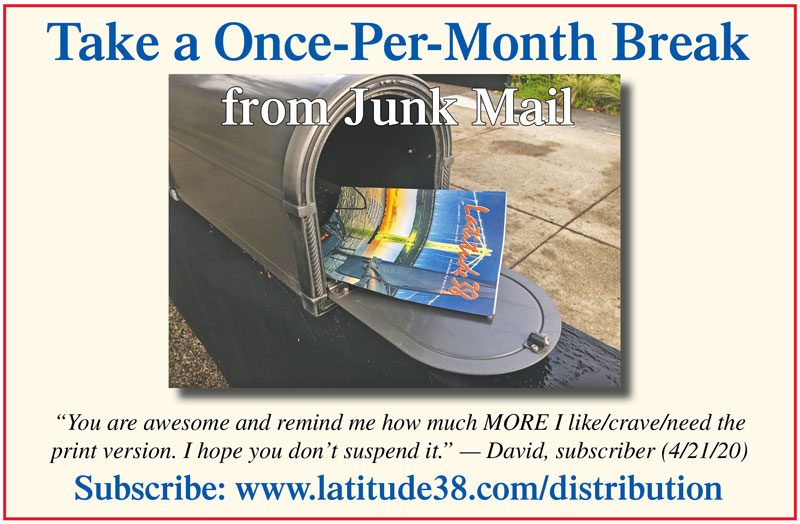
The Cult of the Cal 40
The Classic 1960s Ocean Racing Legend
The Cal 40 is a roughly 39-ft 4-in fiberglass production racing and cruising sailboat, of which about 155 were built in Costa Mesa, California, starting in 1963. The first mass-produced sailboat that was capable of sustained surfing on waves, the Cal 40 dominated ocean racing during the 1960s like no other design before or since. It’s the original longboard, a Southern California surfing machine that is capable of sustained 15-knot downwind speeds.
The Boat That Changed Everything
This breakthrough design ushered in dramatic changes in offshore racing, from the moment that Cal 40 #2, Conquistador, won the 1964 Southern Ocean Racing Conference, the marquee big boat series at the time. “Wooden ships and iron men” had been replaced by fiberglass boats and kids, as Cal 40s, sometimes crewed by teams of teenagers, crushed the competition in the Bermuda Race, the Transpac and many others.
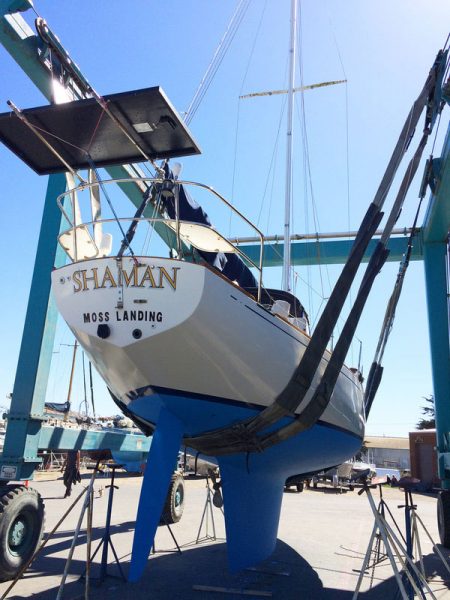
The Cal 40 was created as the combined work of three men. George Griffith, a successful racing sailor and member of the Los Angeles Yacht Club, reportedly drew the outline of a new kind of racing yacht hull on the back of a napkin, and showed it to his friend, naval architect C. William Lapworth. Griffith observed that sailing dinghies, like the International 14 class, were extremely maneuverable with their rudders hanging on their transoms, unlike the typical 40-footer of 1962, which was a full-keeled, heavy beast with the rudder swinging on the back of the keel.
Radical Ultralight Hull
Griffith’s sketch showed a flat-bottomed, radically ultralight hull, lithe and canoe-like in shape, but with a brutal, trapezoidal 6,000-pound wing stuck to the bottom. And behind this wing of a keel, way back, was a separate “spade” rudder. The design that Bill Lapworth created, at 15,000 pounds, was considered questionable, radically light and dangerously underbuilt by many of the yachting authorities, not to mention its being built out of the avant-garde new boatbuilding material of fiberglass, referred to as “extruded snot” by the esteemed L. Francis Herreshoff.
Griffith and Lapworth unsuccessfully shopped their design around to several California boatbuilders, experiencing polite rejection until they showed the plans to Jack Jensen, who agreed to build the boat on the condition that Griffith could guarantee orders for at least ten boats.
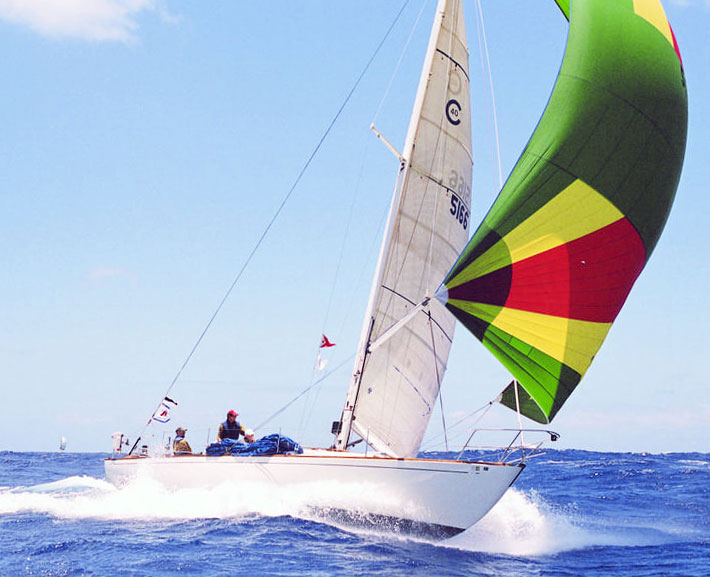
Fast forward to the present, and today the Cal 40 has attained true ‘cult’ status as a design that is sought after, restored and passed down through multiple generations of families. Try searching for Cal 40s that are for sale on Yachtworld and other sites, and you’ll likely come up empty. Folks spend multiple years and a quarter of a million dollars restoring Cal 40s and fitting them out with the latest sails, gear and electronics.
Standing the Test of Time
The Cal 40 has endured because it is not only a relatively quick downwind raceboat, but also a sweet-sailing light cruiser that, in the words of Cal 40 owner Stan Honey, “has no bad habits.” It steers beautifully under autopilot — plus it is rare to find a tiller-steered 40-ft sailboat, especially one with a light helm.
Cal 40s have twice achieved the record of being the biggest one-design fleet ever in the biennial Transpac Race, with 14 boats in 1966 and 2005. And the boat continues to rack up trophies in big ocean races too, as San Francisco Bay-based Cal 40s have continued to place well. Azure, Rodney Pimentel’s Encinal-based program, has been consistently near the top of the fleet in Bay, coastal and Pacific races. Green Buffalo and Red Head, from Richmond Yacht Club, have won at the top level. And no list of modern-era Cal 40 accomplishments is complete without mention of the husband/wife team of Stan Honey and Sally Lindsay Honey onboard Illusion.
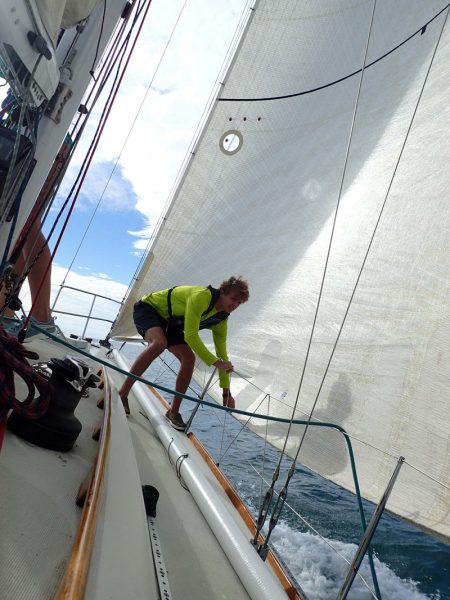
Many Cal 40 restorations are underway, or have happened recently. Fred Cook’s complete down-to-bare-glass rebuild of Sequoia, documented in a great series of videos, is the most famous one. He’s worked with Cree Partridge, Jim Antrim, Kame Richards and other top East Bay pros to create a virtually brand-new boat.
A Swell Cal 40 Voyage
Perhaps the most well-known Cal 40 belongs to Liz Clark, who has been roaming the Pacific aboard Cal 40 #68, Swell. On what she calls, “a sailing surfer’s voyage of awakening,” Captain Clark has pushed the boundaries of solo cruising and sustainable living, all while attracting notice for her exciting adventures and sponsorship from the likes of Patagonia and North Sails. We have a copy of her excellent narrative, a book called Swell, onboard Shaman.
Westwind Boat Detailing
Following the Rules, Until You Don’t
Today, New Zealand went from its “Level 4” lockdown — the highest, most strict tier — down to “Level 3.” More businesses will be allowed to open, and more activities, such as surfing, kiteboarding and windsurfing, will be allowed. Whether this means that transient cruisers — many of whom were obliged to stay at whatever port they were visiting when the lockdown began — will be able to relocate remains unclear. With autumn taking hold in the Southern Hemisphere, and many foreign-flagged vessels effectively stuck in New Zealand after numerous countries closed their borders, settling into a secure winter anchorage is paramount.
For sailors cruising in the time of COVID, there are endless gray areas scattered among clear directives, and many difficult choices to make. Those of us stuck on land face a similar quandary: We want to do our part to stop the spread of this terrible disease, but we also want to have our freedom and get back to our lives.
This magazine has had a lengthy discussion about whether we should sail. The majority of our readers support the collective effort, and want to make sure not to burden first responders, many of whom are working with reduced-size staff and resources, with an unnecessary rescue. But several readers have expressed concern with what feels like a loss of liberty.
This commentary aims to illustrate the variety of experiences that sailors are living through while in quarantine. No group is a monolith; one cruiser’s choices don’t speak for those of others. In these unprecedented times, everyone is figuring out the best course of action for themselves, their crew, their vessel and their community, wherever it might be.
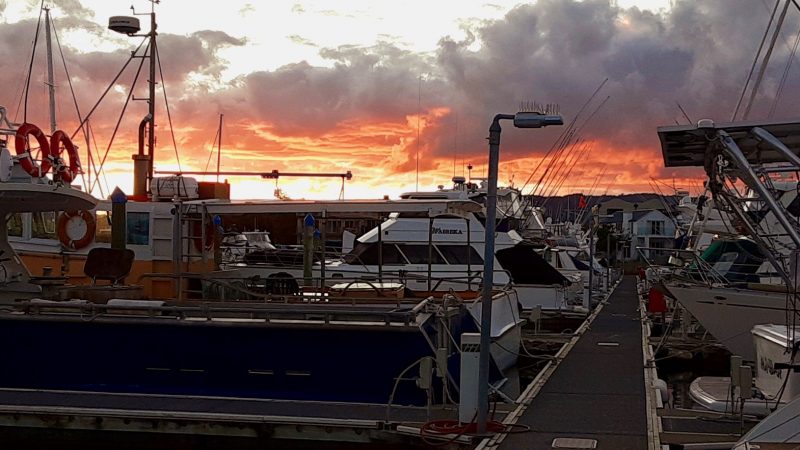
COVID Happy Hours
Several weeks ago, there was a spirited thread on a New Zealand cruising group’s Facebook page. An American nurse, who is also a sailor, publicly expressed her concern that a group of foreign-national cruisers were congregating on a marina’s docks for “COVID happy hour” — where people were keeping two meters’ distance while enjoying their cocktails — which, according to the letter of the law, broke NZ’s strict lockdown protocol.
A Bay Area boat involved in the happy hour posted in response that they’d checked with marina authorities and the police, and felt that sailors and officials had come to an understanding, though the local cruising and liveaboard community may not concur.
At around the same time, another group of sailors at a New Zealand marina were adjusting to life under Level 4. From conversations we’ve had with several full-time liveaboards, the first few weeks of the lockdown at this North Island marina were taken seriously. Longtime friends kept their distance from each other, there were no happy hours or gatherings, and there were strict one-in, one-out rules about the use of common facilities.
A friend of Latitude was anchored out near the marina and running low on water. She contacted the harbormaster and asked if she could come alongside the fuel dock to fill her tanks. The harbormaster grilled her: Had she been back to the States recently? (No.) He asked again: Had she been back at all since her landfall in NZ in December? (Still no.) Had she been self-quarantining? (Yes.) After a lengthy exchange, the harbormaster permitted her entry, but insisted that she leave immediately after taking on water, and did not allow her to exit the fuel dock or do laundry. She anchored, or hooked a mooring, within eyeshot of the marina for the next two weeks.
The rules were followed to the letter . . . until they weren’t.
One week ago, after three and a half weeks of strict isolation, the liveaboards at the marina — mostly Kiwi natives, and long-term liveaboards — told her that a two-meters-apart dockside happy hour had occurred. New Zealand’s aggressive efforts have been seen as largely successful (“We have the opportunity to do something no other country has achieved: elimination of the virus,” said NZ Prime Minister Jacinda Ardern.)
Needing water again, our friend returned to the marina, but this time, the harbormaster asked, “Do you want to come in? Do you want to take a slip and stay?” Our friend wasn’t invited into the marina so much as ushered in insistently, and embraced, both figuratively and literally, by the local community. A new face was a welcome addition to the bubble.
That night on the docks — and with Level 3 only a few days away — there was a “proper blowout.” After two drinks, the two-meter distances were far too hard to obey. Our friend mentioned that it felt like balm for her self-quarantined soul. (But she declined a proffered handshake.)
Is there a contradiction here? One group are foreign cruisers, one group local liveaboards. Should they play by different rules? Of course not. But we think locals should have more agency over where they live, while foreign cruisers should be exceptionally respectful guests while in another country.
Is it all right for individuals to decide that they’ve followed the rules long enough, and that they’re ready to cut loose and have a drink with friends? Public health officials — and the hall of public shaming that is social media — would likely frown on these personal decisions, but at what point do we take a small break from the best practices and reclaim our lives? Please don’t hear Latitude advocating “breaking the rules.” We’re simply asking the question.
If you happen to disagree with the choices someone else makes, we hope you’ll consider a mantra that is also a hashtag going around in New Zealand: #BeKind

